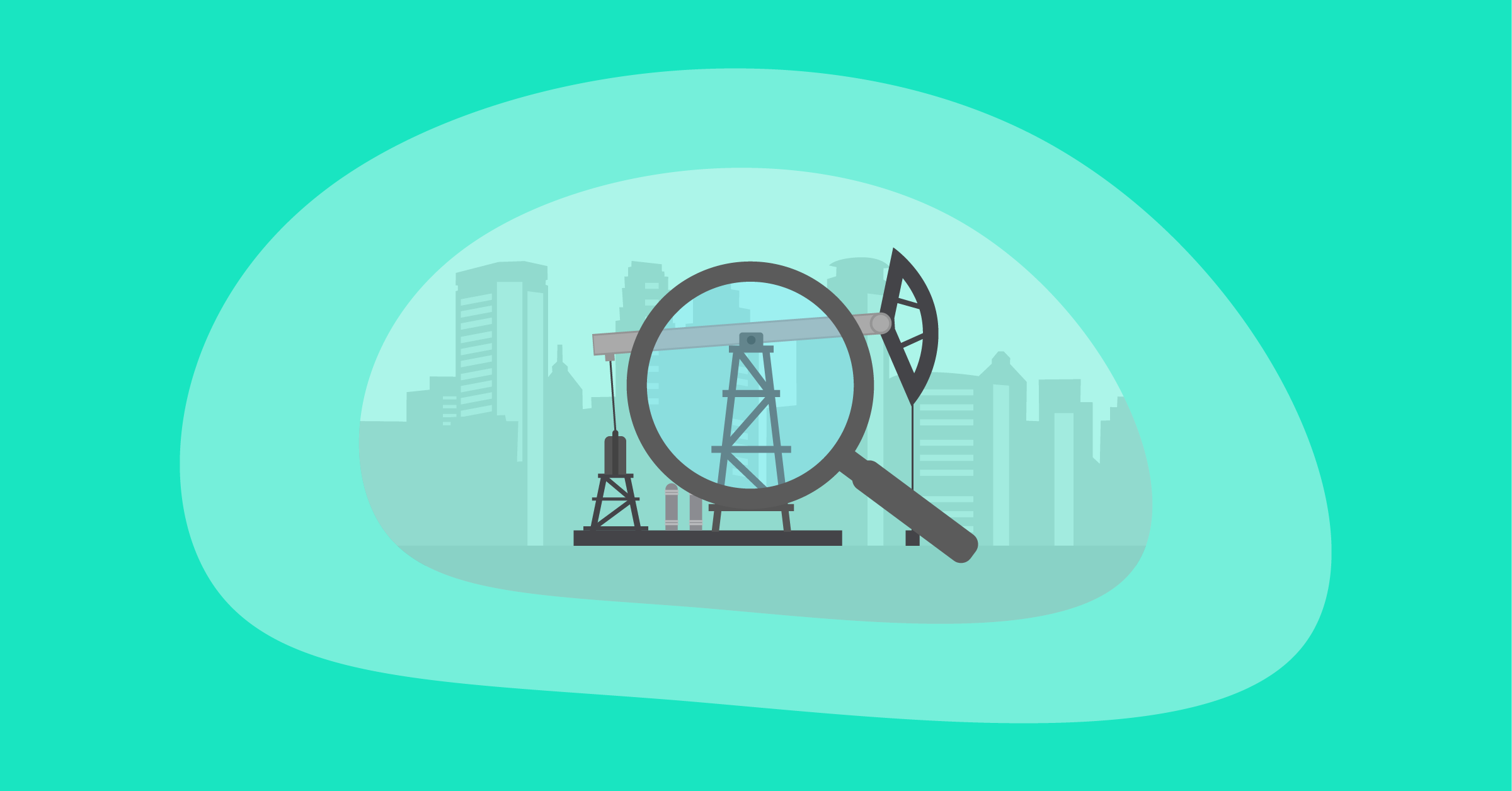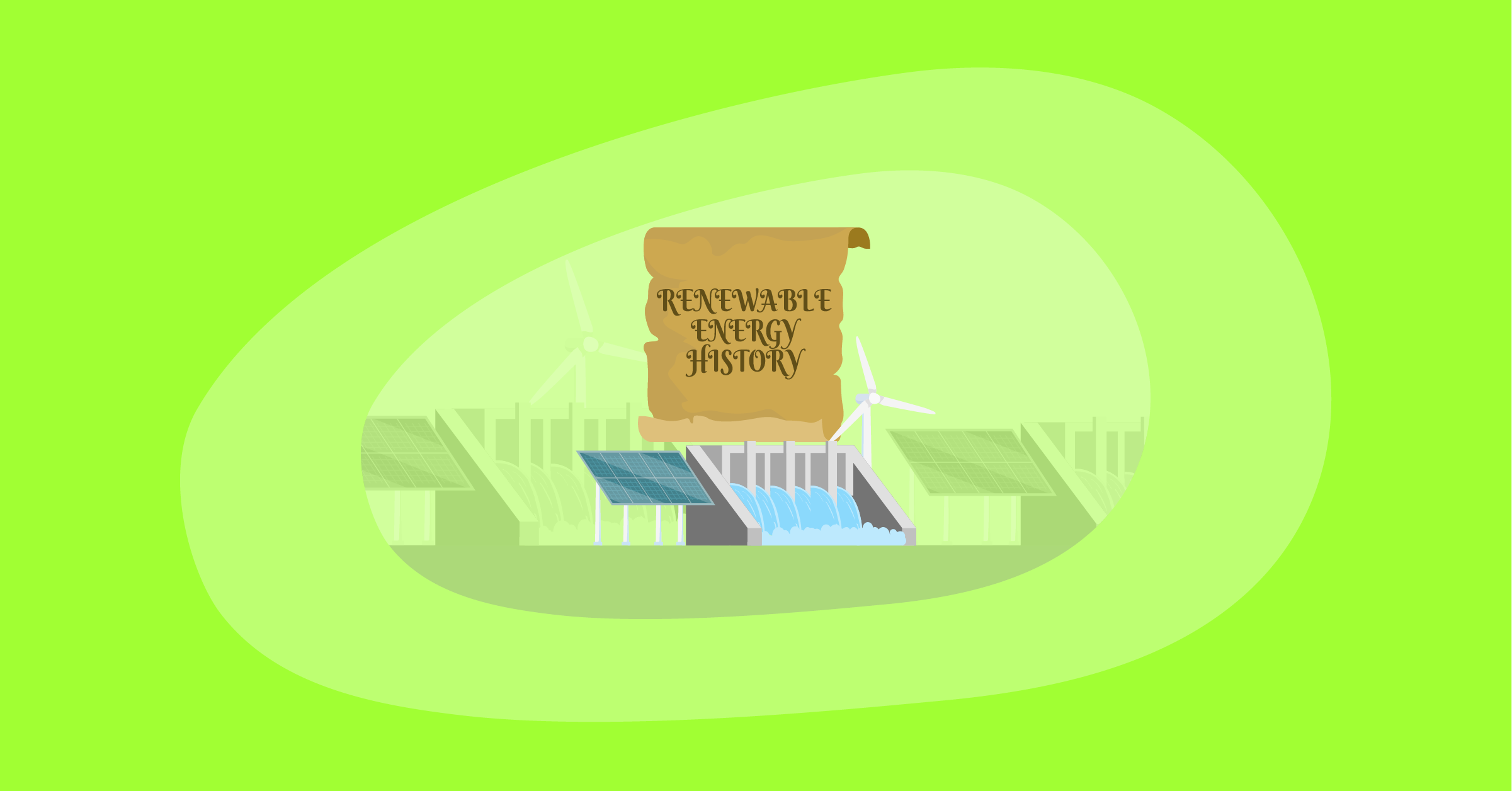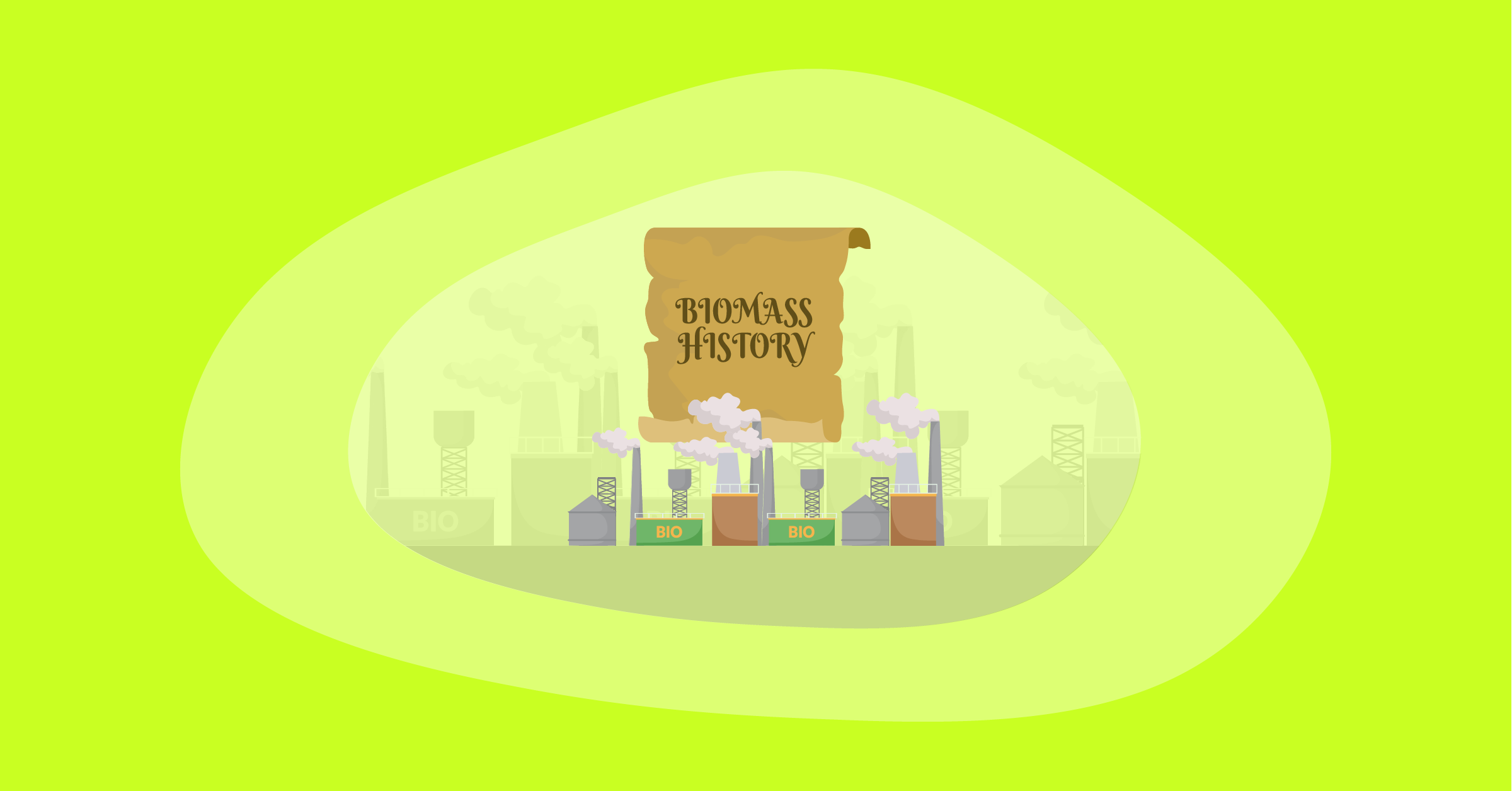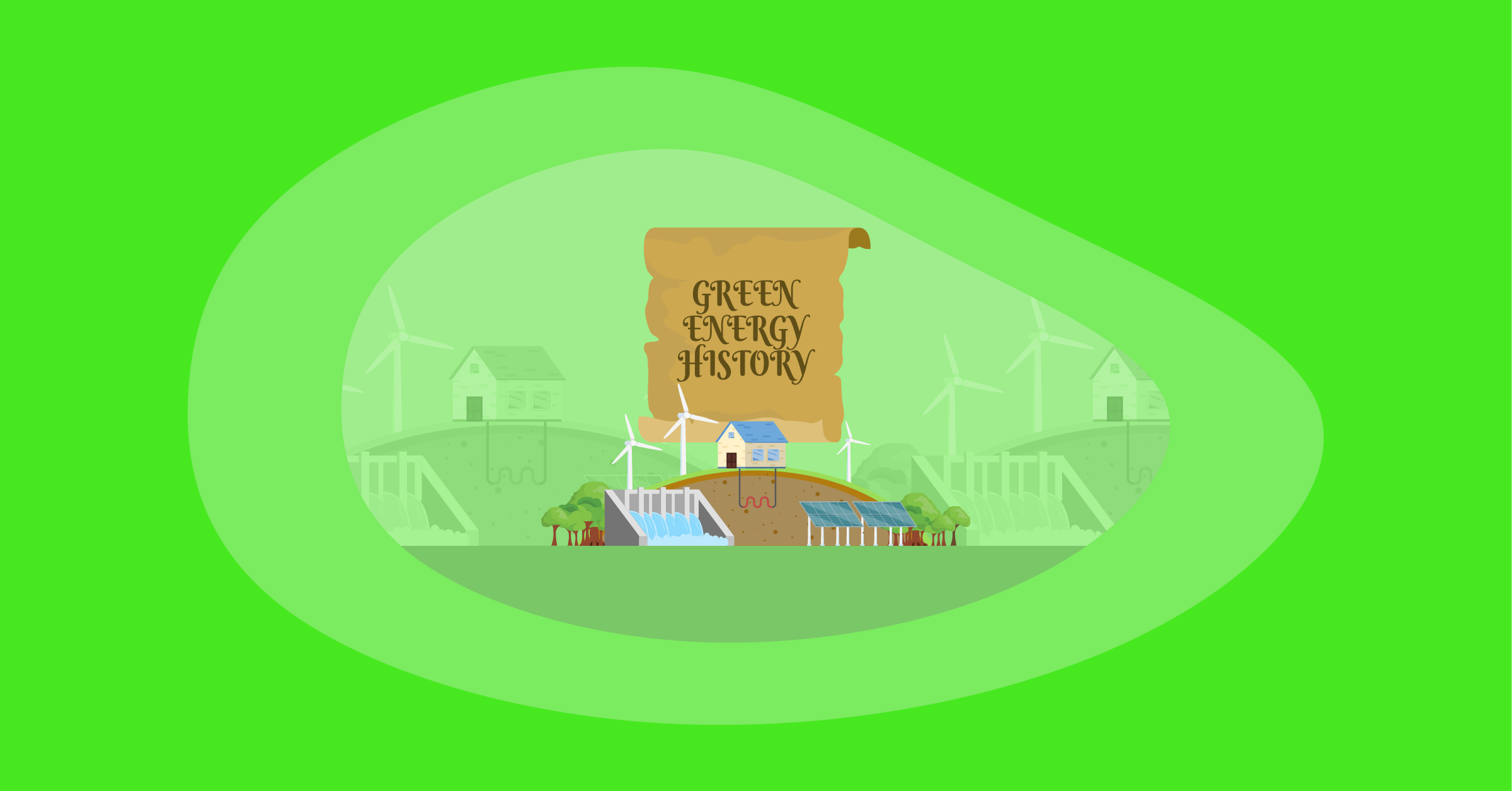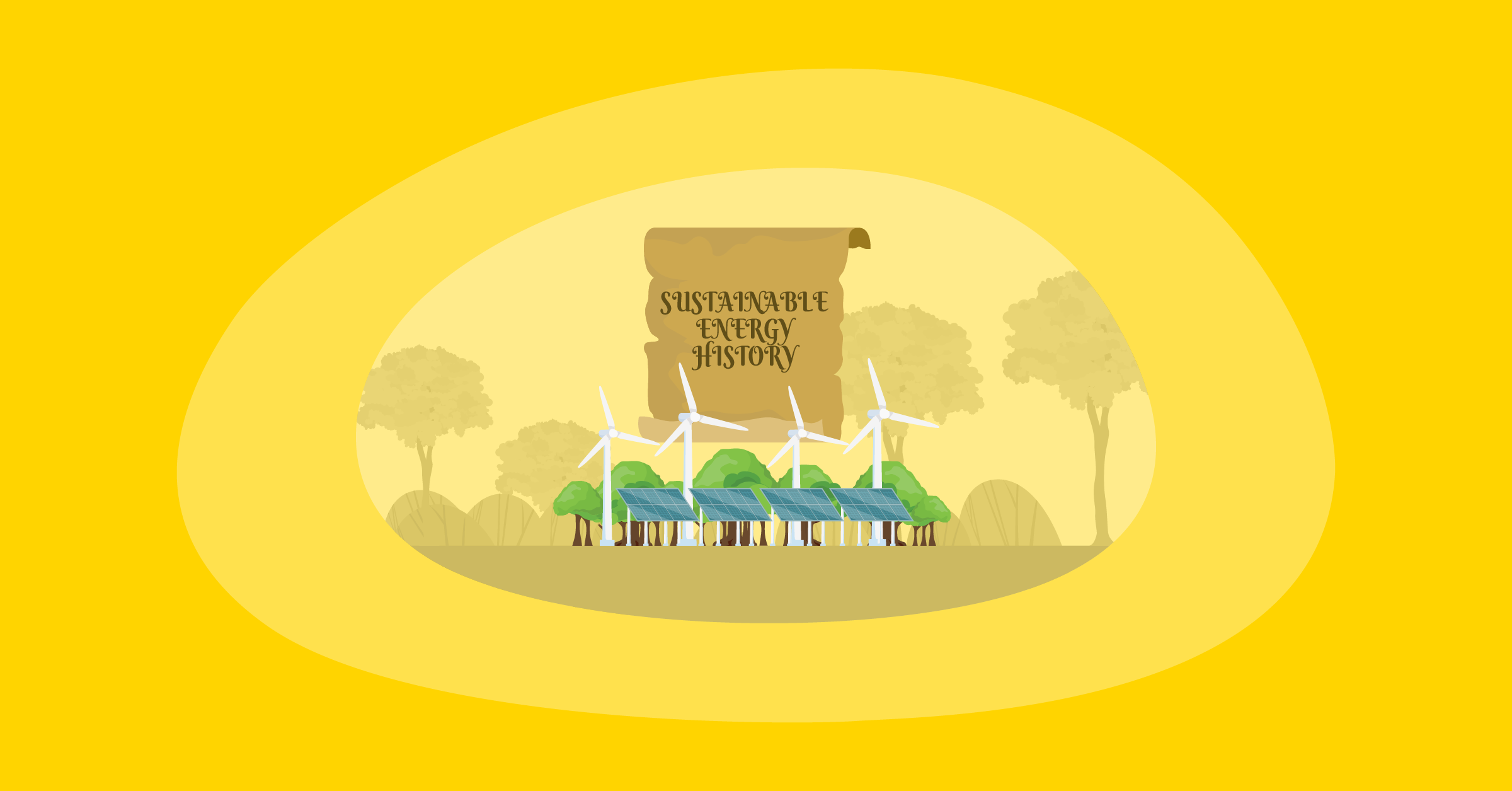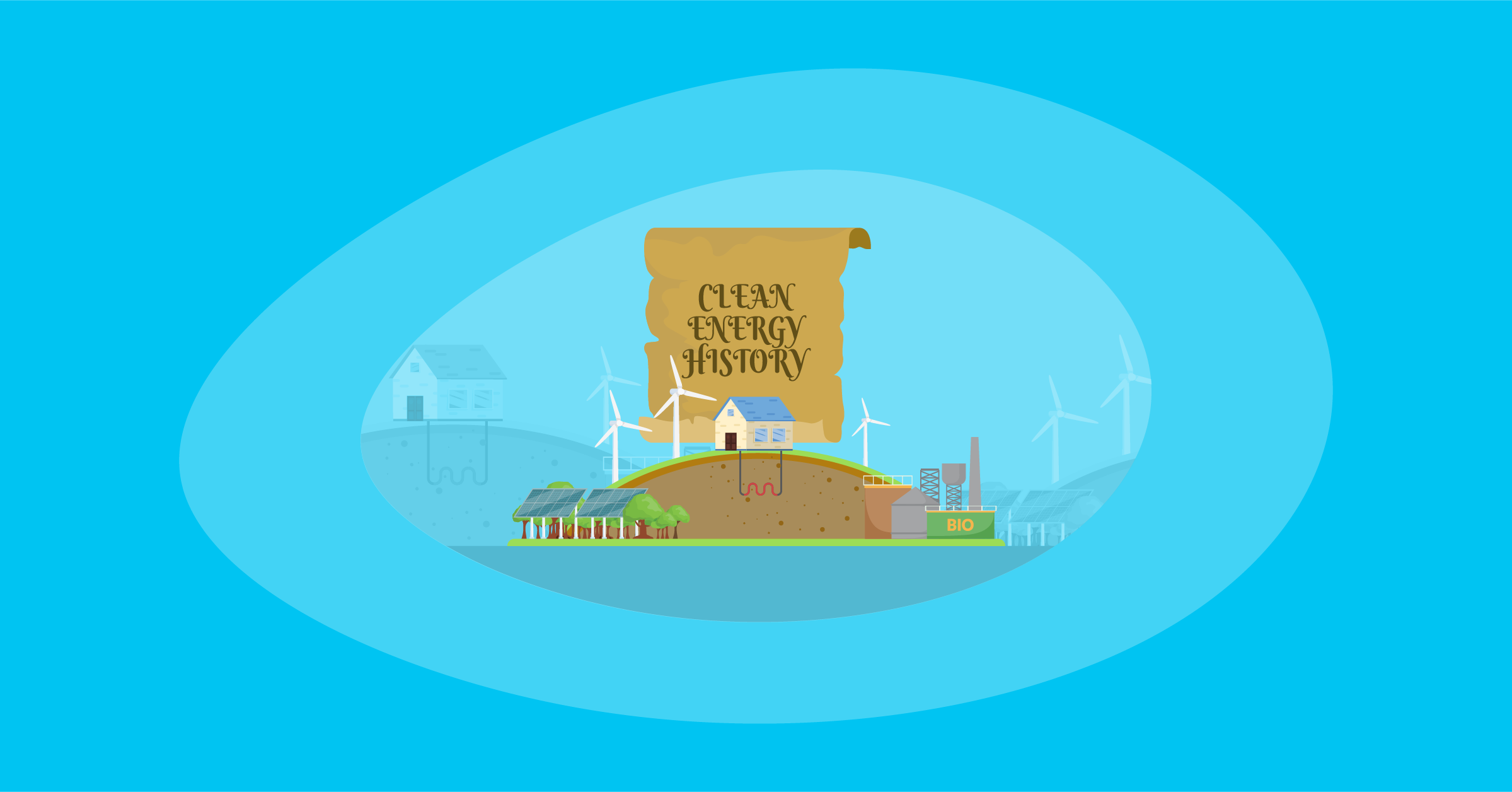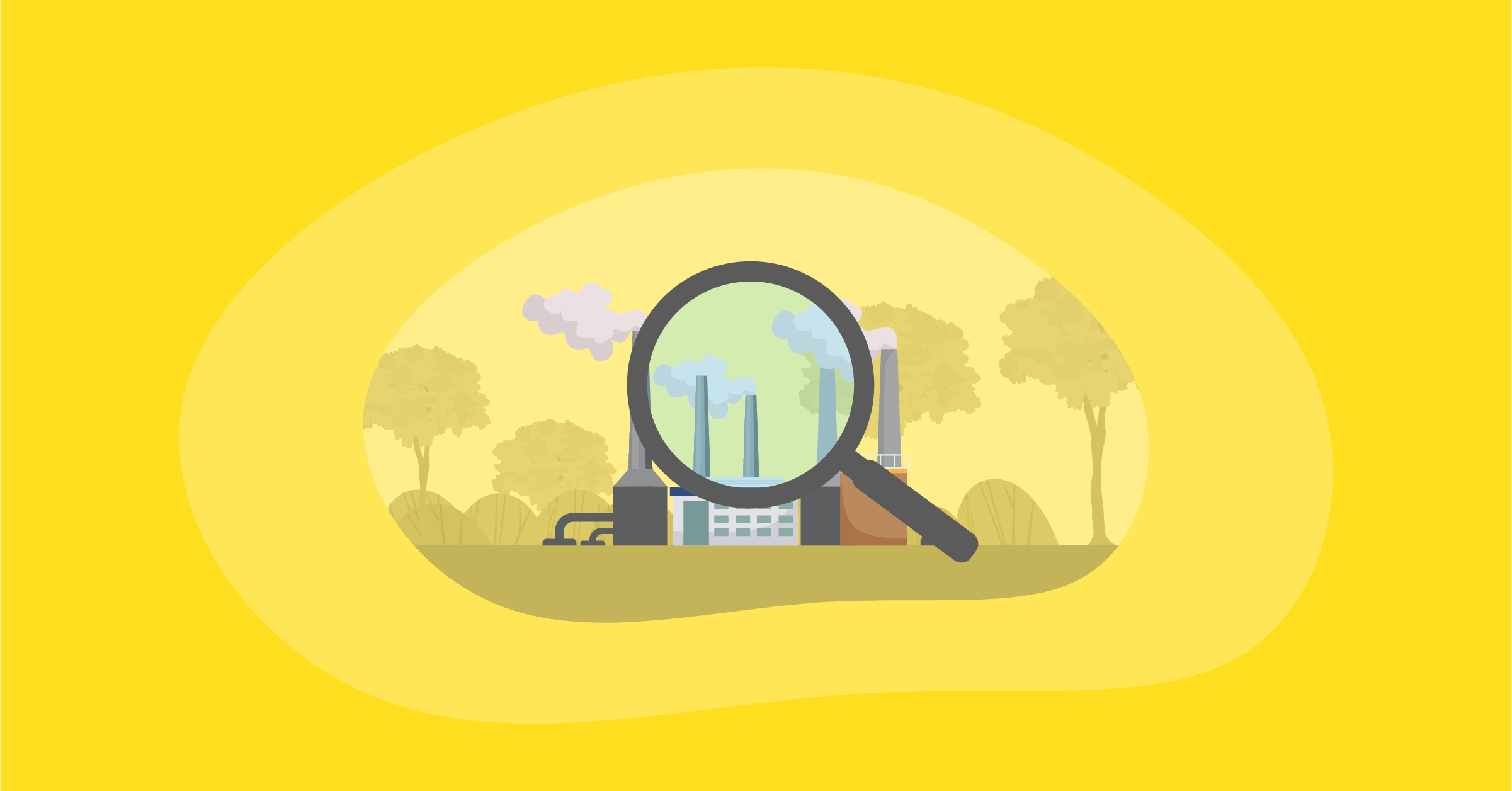Net Zero Emissions Explained: All You Need to Know
In less than a decade, the term “net zero” has gone from a mere scientific term to mainstream climate policy. Experts say that achieving net zero emissions before 2050 is crucial to avoiding the worst effects of climate change. So, we had to ask: What is net zero emissions really, and how could achieving it help us mitigate climate change?

